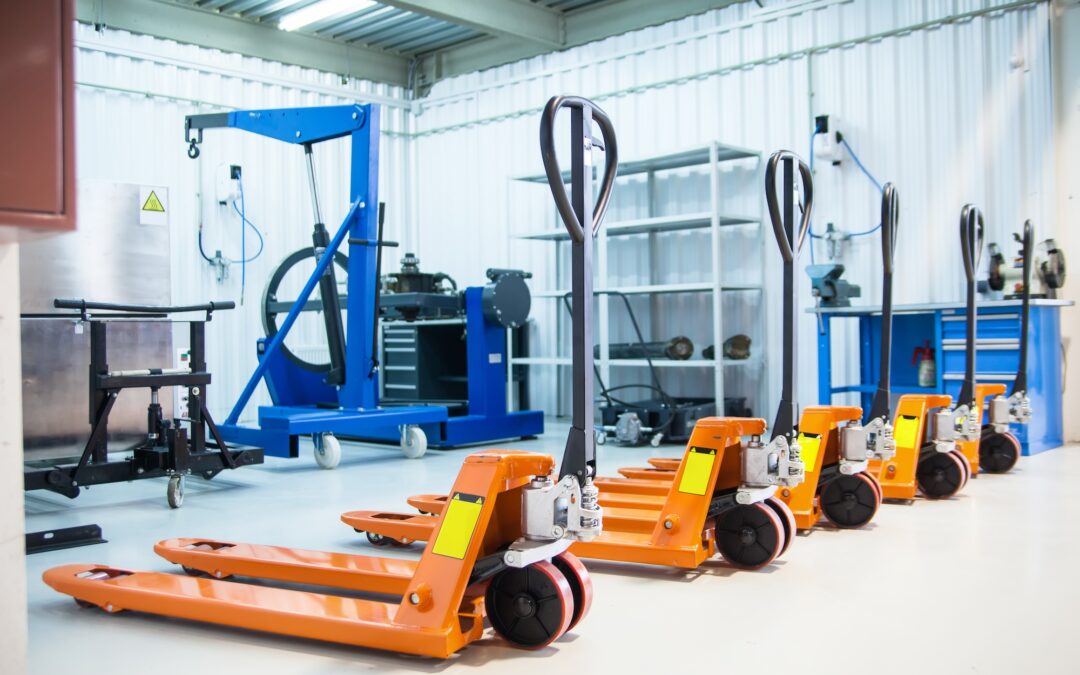Accidents occur every day as a result of unsafe lifting practices and taking unnecessary risks. Failing to follow safety guidelines and lifting practices can lead to serious injury, equipment damage, and loss of production. Lifting of heavy material using lifting devices including jacks, lifts, and hoists is part of the processes in several industries. It is important that each facility practice correct lifting methods. Safe lifting methods include planning, implementation, operations, and supervision.
Discussion Points:
• Following proper safety guidelines and lifting practices
• Types of lifting devices
• Understanding all factors involved with lifting heavy material
• Providing a Lift Plan with a Risk Assessment and Site Survey
• Training and supervision
Discussion:
Responsibility for the safe use of lifting devices lies with the employer. It is good practice to follow OSHA standards and guidelines for operations involving lifting devices. Planning is essential in every lifting operation at all workplaces. A Risk Assessment and Site Survey should be conducted to identify risk and potential hazards. A Lift Plan should define the variables involving the material load and safe lifting methods, taking into consideration load weight, size, and shape. The operator should select the type of equipment to use for lifting the material depending on the task to be performed. Before operating any equipment, the operator should inspect it, and remove the equipment from service if any malfunction is identified.
A review of the Lift Plan should be conducted with management and all workers involved in the operation taking part. Only workers who have been trained in the proper use of lifting equipment and procedures should be allowed to operate the equipment. Some equipment requires operators to be certified. Employees who work around the equipment onsite should be trained in safe lifting methods. All lifting operations should be conducted under direct supervision. Other factors to take into consideration involve the site, environment, overhead obstructions, and weather conditions. Always use proper technique when operating lifting devices. The operator should understand all factors involved with lifting heavy material: load limitations, lifting and lowering the load efficiently and safely, proper use of hand signals, and communication with all workers involved with the operation. If there is any question or doubt about the execution of the lift or equipment safety, the load should be lowered to the ground, and all concerns should be reported immediately to the supervisor. Safety of the operation should never be in question. The operator should always use good judgement to keep co-workers and themselves safe.
As always, stay safe out there!


Recent Comments